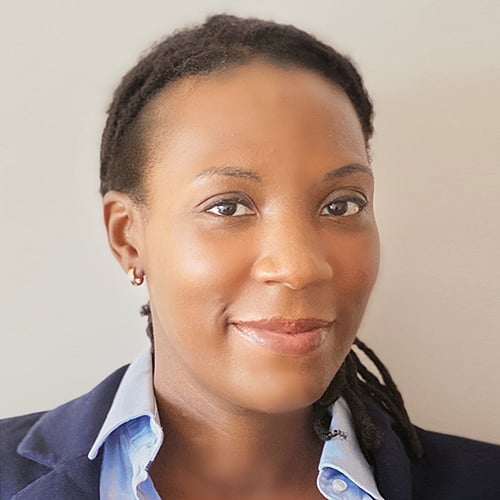 |
|
On July 24 2014, Chexim priced a US$3 billion Reg S/144A dual-tranche senior bonds made up of US$1.5 billion five-year tranche and US$1.5 billion 10-year tranche, returning for the first time to the Reg S/144A market since 2005. The reappearance of the Chinese policy bank in the offshore G3 bond market represents the growing US dollar assets in its balance sheet and the need to match those with US dollar funding.
“Over the last few years, Chexim’s US dollar book has been growing, which is one of the reasons why we have returned to the US dollar market after nine years of gap,” says Wang Kai, general manager of treasury
department at Chexim. “We want to better support Chinese companies to develop business in the international market and at the same time, match the currency and maturity of our assets with liabilities.”
The offering was priced substantially inside the other outstanding China high-grade credits in the Reg S/144A market in both tranches, helping establish a new pricing benchmark for Chinese issuers.
“Being a policy bank, we do hope to set up a benchmark for other Chinese issuers in the US dollar market. For such a long time, there was no government entity going to the market,” notes Wang. “So Chinese issuers do face a bit of problem on how to price their credits.With the US$3 billion bond issuance, we have set up a benchmark for other issuers in the dollar bond market. For most of the large Chinese companies that want to access the US dollar market, they will look at the secondary level pricing of Chexim bonds for their future offerings.”
When Chexim was planning the offering, it was looking to price the bonds tighter than the existing Chinese SOE names. Before launching the deal, the company conducted a series of investor meetings with key high grade and emerging market fixed income investors in Hong Kong and Singapore via physical roadshows and conference calls with selected European and US accounts.
Upon receiving positive investor feedback and a constructive execution window on July 24, Chexim released the initial price guidance for the five-year tranche at US treasuries plus 115bp, and the 10-year tranche at US treasuries plus 145bp, before pricing the five-year bonds at T+90bp and 10-year notes at T+120bp.
 |
|
| Wang |
The final pricing on both tranches represents the tightest levels among all outstanding Chinese Reg S/144 A bonds. “Maybe there is still the possibility to tighten another few basis points, but we thought the reasonable pricing is not necessary the narrowest one,” recalls Wang.
The decision to not go the last mile in terms of trying to cut every basis point proved judicious for Chexim. The bonds have performed steadily well since pricing despite global macro headwinds and market volatility.
High quality Investor base
The steady performance of the bonds is also a reflection of the high quality investor base that participated in the offering. As a closed China sovereign proxy in the US dollar universe, the transaction garnered strong interest from investors globally, with the final order book of US$10.2 billion.
The five-year tranche received an order book of US$4.7 billion from over 195 accounts while the 10-year tranche was 3.7x oversubscribed to receive US$5.5 billion orders from 230+ accounts. The order book was of very high quality with US-based investors showing solid backing with 54% allocation on both tranches.
“The US orderbook was very strong and we were told by our bookrunners that US investors were eager to get a large portion of the deal. Considering the importance of US investors and our long term funding strategy, we negotiated with the bookrunners carefully and made relatively larger allocations to US investors,” informs Wang.
He reveals Chexim’s plans to return to the market in 2015, as it intends to apply for a larger foreign debt quota. “At the present time, most of our loans are in US dollar. But we are seeing that Chinese companies are very active in Europe and our clients have increasing business in the European market. Besides, we have a Paris branch now. So we are studying the possibility of tapping the euro market,” adds Wang.
In the next two to three years, US dollar and euros would be the two main choices of currency for the bank’s offshore funding. After five years, however, Chexim is likely to explore other currencies such as Asian currencies depending on how its loan books in those currencies develop.
In another cross-border funding exercise, Chexim’s transport finance department last year raised US$581.7 million from an offering of triple-tranche aircraft finance asset-backed securities. This was the first cross-border aircraft finance ABS issued by Chexim and provided international investors with a unique opportunity to invest in a quasi-sovereign credit from China other than via a direct bond issuance. For the policy bank, the ABS issuance broadened its source of funding and diversified its investor base to capital market investors.
This was a significant achievement considering that the bilateral loans that Chexim’s transportation finance department traditionally relies on to raise foreign debt are increasingly becoming expensive under the new Basel III regime. Jiabin Hu of Chexim’s transportation finance department says it was able to save some costs by tapping the ABS market vis-à-vis bilateral loans.
“After Basel III, the cost of bilateral loans from banks has gone up. Especially for loans with over five years of tenor, the cost of funding is higher, but for aircraft finance, the tenors tend to be the same as the lease agreements which are usually over 10 years. We can save certain costs using the ABS structure,” points out Hu.
The deal is the first structured note transaction of its type with an amortizing repayment profile which maximized the appeal to different investor types with varied tenor and amortization preferences.
Going forward, Hu says, Chexim will explore various other financing structures to meet its funding needs in the aircraft finance business.
“We are quite open to different kinds of structures. We will still look at the securitization space. We may take different methods, for example bilateral loans, maybe Reg S or144A bonds, among others. It will all depend on the needs of our customers to decide which market to tap.”
Chexim’s aircraft finance business, established in 2008, has currently over 100 aircraft in its portfolios and are leased mainly to domestic airliners. The proceeds from the ABS issuance were used to finance the acquisition of seven aircraft.





.jpg)
.jpg)


